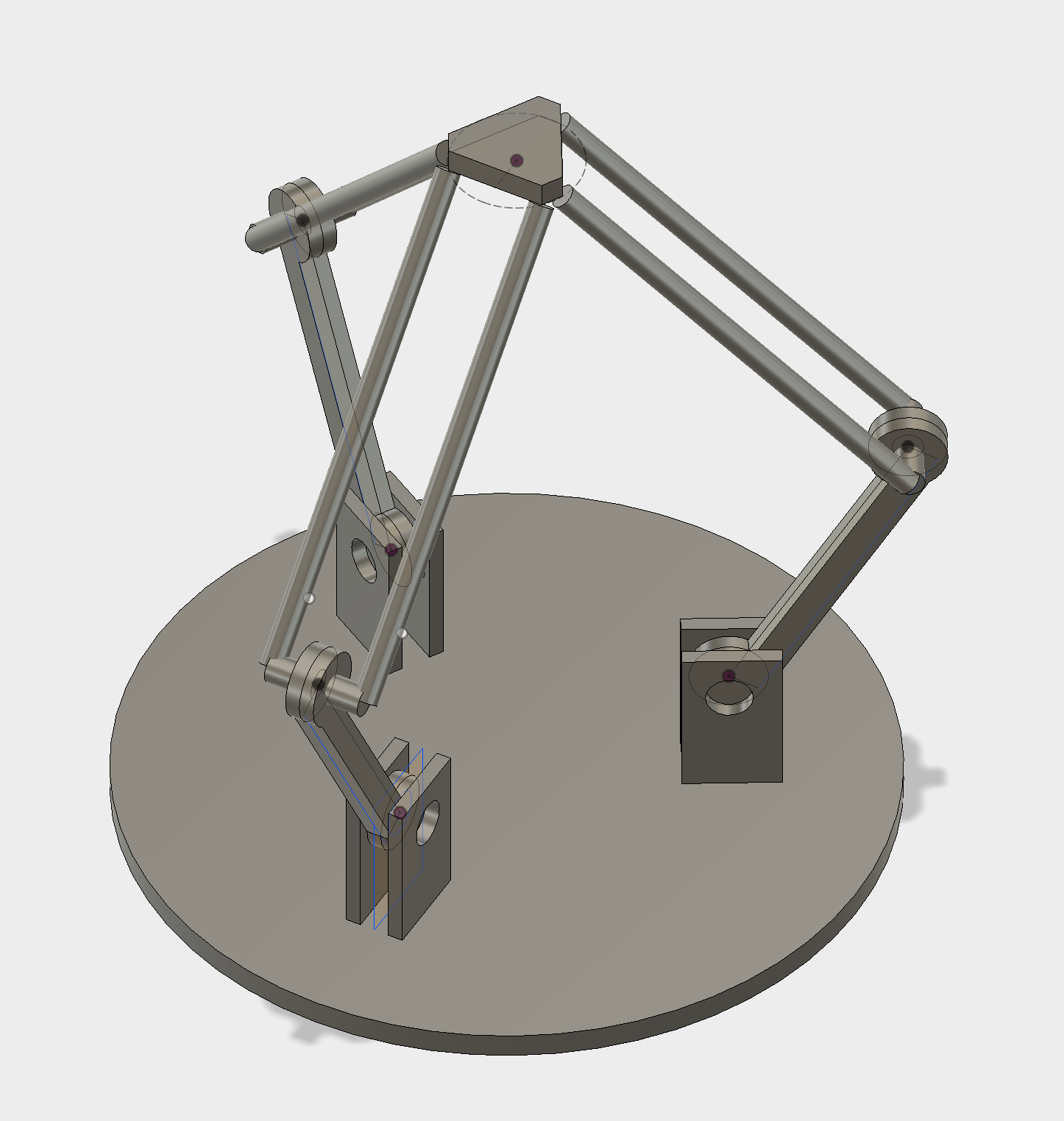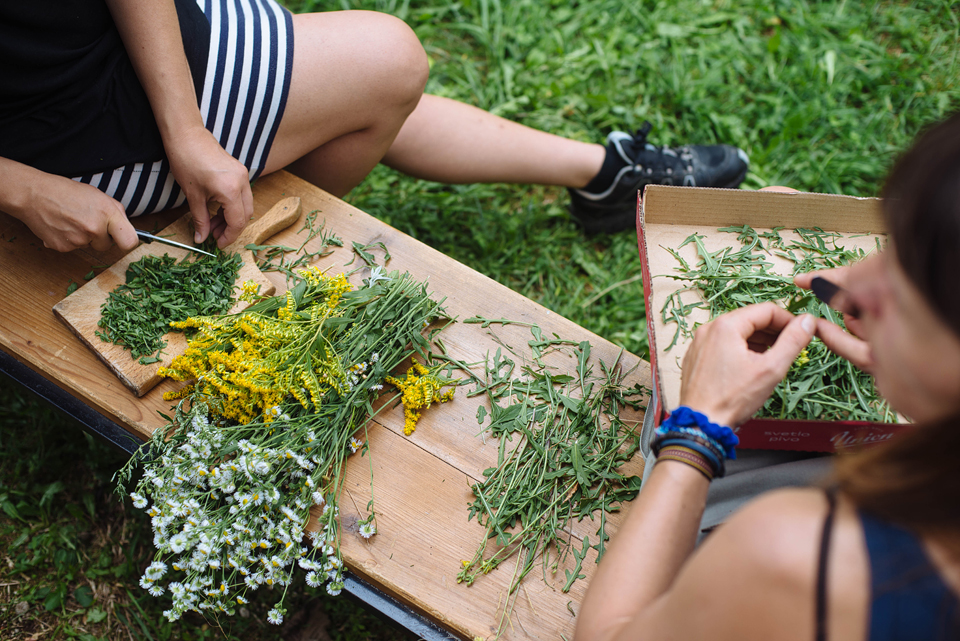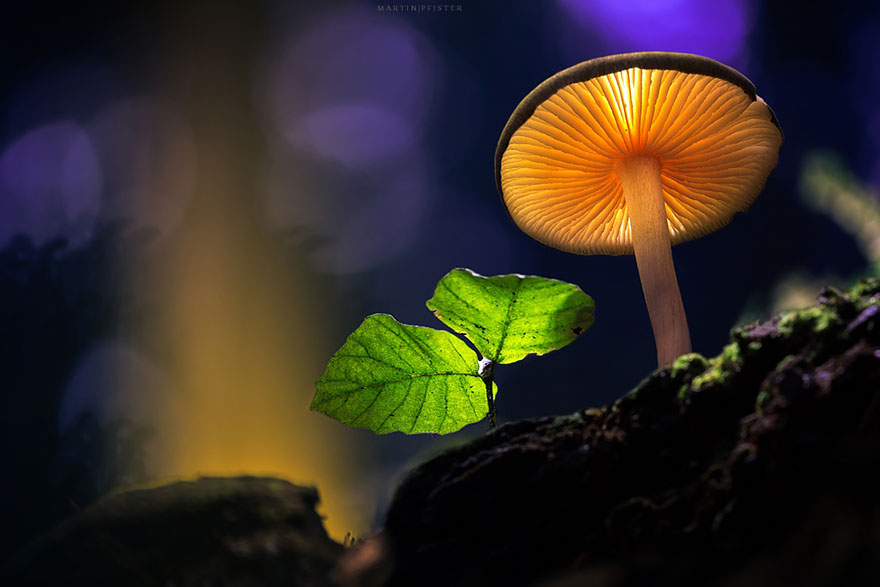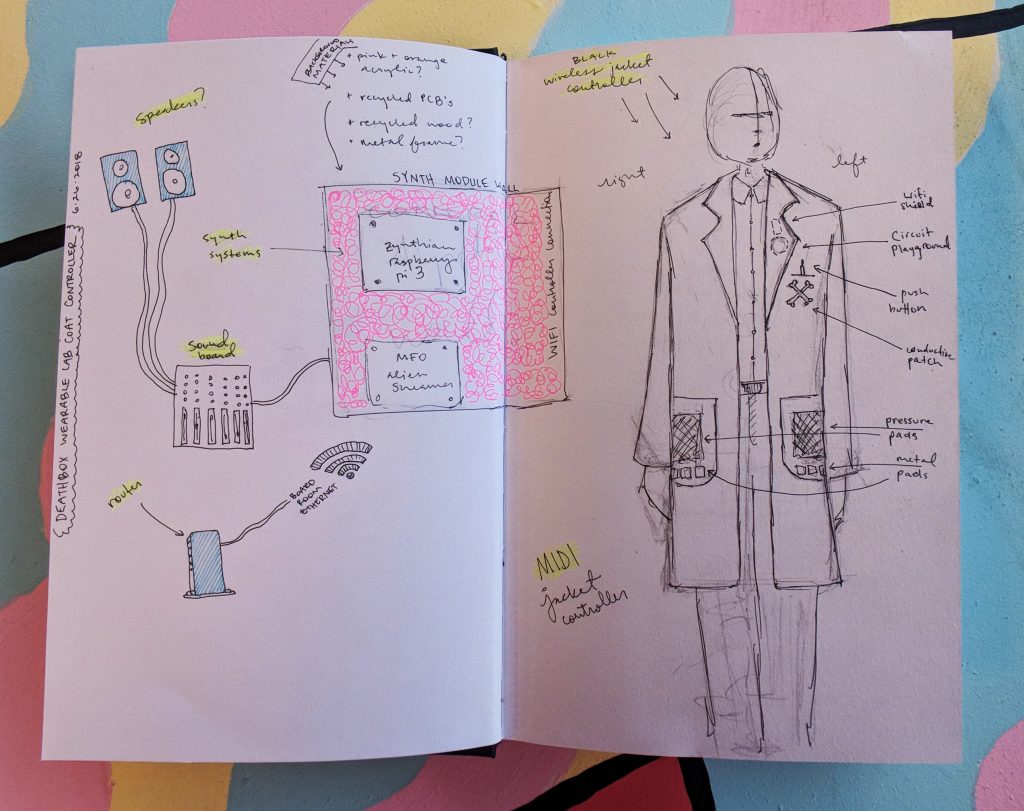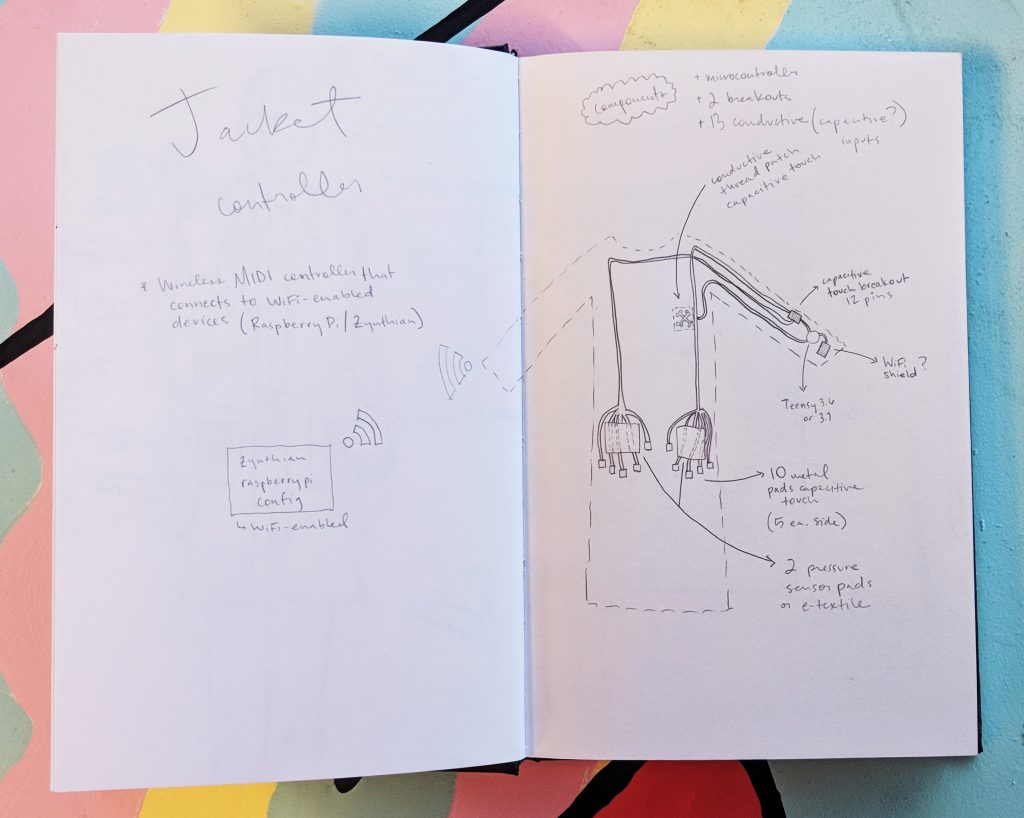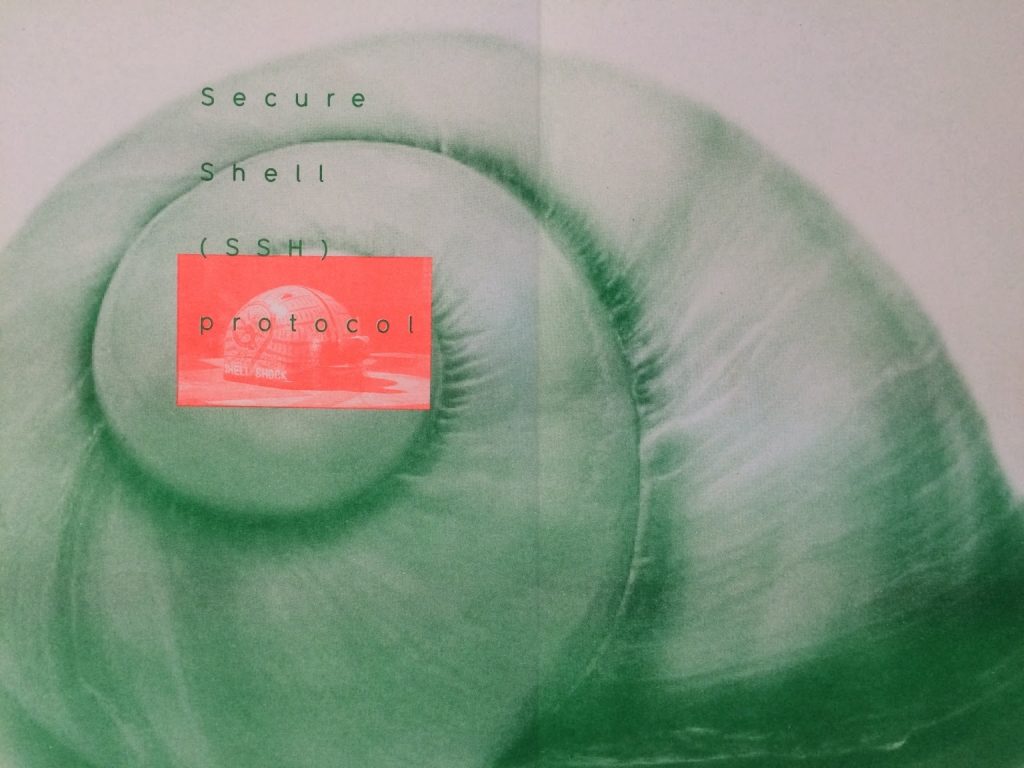Category: PIFproject
Lightnature, PIFcamp’s chill-out zone
MIDI Jacket Controller by Maggie Kane
Designed to be an environmental wearable MIDI controller that can connect to a variety of WiFi-enabled devices, the MIDI Jacket Controller plays an integral part in a digital modular synthesizer system that is in the process of being built at a DIY art space in Atlanta, GA, USA called The Bakery.
The physical construction of the jacket mimics that of a scientist’s lab coat. The jacket’s design is derived from the environmental features of the space that it will mainly control, which is an old electrical closet in a decommissioned commercial bakery. When we first discovered this room, we were convinced that a mad scientist had occupied it and performed torturous experiments on people based on what we found in there, which included chains hanging from the ceiling, exposed electrical panels, and empty shell casings – among other things – that we found on the floor. The ravers who previously occupied the old bakery space told us that there was a box in the creepy electrical room that was still live with electricity and would kill anyone who touched it – so the room’s aesthetic and raver lore inspired the name of the room, which we’re calling Deathbox Records.
The primary purpose of Deathbox Records is that it will function as an affordable livestreaming, podcasting, and overall experimental recording studio that artists in Atlanta, GA, USA can rent by the hour. We’re offering equipment rental options, and one of those options will be an interactive synthesizer wall that they can use for performances and/or recordings. The primary controller for the synth wall will be the wearable MIDI jacket controller that people can also use to connect to their own WiFi-enabled devices that accept MIDI signals.
Over the course of PIFcamp, the main goal of the project is to finalize the design of the electronic circuit that will be embedded in the jacket, build n sew the circuit and jacket together, and test its capabilities as a MIDI controller.
If you’re interesting in connecting about the project before PIFcamp, feel free to send me an email at im@streetcat.media to say hi!
Secure Shell (w. İpek Burçak & Eren İleri)
Secure Shell is a remote outpost, a [sort of] autonomous installation, an attempt at public art; consisting of a Raspberry Pi, a solar powered wireless access point, an always on e-ink display and it emphasises an introverted experience.
Introverts or persons who occasionally experience shyness can feel insecure by being in situations involving many people which demand social skills on a higher level. Secure Shell offers a shelter to those and all participants the chance to rest alone by communicating with the device at a remote location.
On the first days of the PIFcamp the installation will be built. Alongside the making of the device, this process will also incorporate creating a small “shell-like structure” [IRL] to make the device weather proof, as well as providing its participant a safe and comfortable experience. The building of the terminal/installation will be a process, which will encourage contribution from PIFcamp’s participants.
The second step will be installing the Secure Shell on a -relatively- remote location. After its installation it will be open for participants.
Participants can have access to the device via SSH protocol with their smartphone or laptops (or any other device with wireless connection and SSH capability) and executing predetermined commands they will trigger random outputs on the screen. Their relationship with the Secure Shell will be based on mutual trust, since they can have full administrator access to it, thus making the Secure Shell hackable and vulnerable at the same time. The textual and visual content which will be visible on the display will be created/curated by the artists.
Fermenting with wild plants
Our wild herb food expert Dario Cortese and Kristijan Tkalec from BioTehna Lab will test old and new ways of fermentation from East and West Asia.
They have set two goals:
They will produce traditional fermented food like tempeh, water & milk kefir, and kimchi. These will head to the kitchen/table and become part of the PIFcamp menu.
The second part of fermenting work will take place in the form of daily workshops – foraging for herbs and test unpredictable combinations. Can we make nettle tempeh? How many participants dare to try the natto? How does the morning kefir prepared with wild yeast taste like? What is the taste of pancakes made of the naturally acidified batter?
The plan:
Setting the incubators -> foraging for wild herbs -> fermenting -> tasting -> foraging -> foraging -> fermenting -> tasting -> foraging -> foraging -> fermenting -> tasting
Making our Computers Music-Lover
We use our computers a lot to make repetitive tasks. And we feed them with loads of examples in order to teach them to distinguish between different situations. But how about letting them do (part of) the creative job? What if we let them create new and unique music?
One of the neat ways to make that happen is by imitating the nature (according to Darwin). We can consider pieces of music as individuals which can mix, mutate and compete to delight our ears. In this game, there is no “best” music, what we aim for is a “more different” one.
At the end, during the Open Saturday, this evolution will be steered by the public to make it fit their desires.
At first I would want to introduce you to fun examples of how an Evolutionary Algorithm works. Then we can start with the project in a simple way. And start playing with it. After the basics are covered, we can continue making it as elaborate as we want to. Many parts of the project can be discussed in order to find a more interesting way to think about it. We can even implement a feature just for the sake of it. Amongst the topics are: the best way to represent a piece of music, the building blocks we wish to start with, how to put them together, an ingenious way to define the difference(s) in music(s), the various ways to modify/tune them …
Making our Computers Music-Lover is a project by Nicolas Toussaint.
How about mechatronics in nature? (w/ Lovrenc Košenina)
Lovrenc Košenina will be working on a weather station and a robo-arm, which will use the data collected to cater to the plants. The weather station will have temperature, moisture, UV, air pressure and wind sensors and anyone will be able to access the collected data through the open-source network of the Weather Underground. The robo-arm will be made of laser-cut pieces, and will use Arduino-controlled servomotors for movement. Initially, the robo-arm will be game-pad controlled, but will be upgraded to automation after PIFcamp.
Lovrenc also plans to throw a workshop in which participants will make generic pliers for a large range of use and design modular add-ons.
Audible Healing Pressure Points
The project Audible Healing Pressure Points is a continuation of Lavoslava Benčić‘s work in e-textiles and follows her collection of interactive gloves (2016-2018) made at Rampa Lab. In the project Traditional Chinese Medicine (TCM) is combined with research in e-textiles. The project proposes to position electronic acoustic devices on the healing points which lower or heal pain, usually massaged or pressed on by a therapist. The results of the project will be a series of e-bio textile elements made of fungi with an integrated circuit, which creates sound upon applying pressure.
The purposes of the project:
- To find out how to combine electronics, bio textile and TCM methods of pain relief
- To learn whether the therapeutic pressure on the healing points combined with generated acoustic frequencies can help establish a better bond between the therapist and the treated
- To see whether a combination of pressure and sound can induce more effective healing / pain reduction
- To combine the principles and potentials of wearable electronics and the effects of Oriental medicine in pain management
- To make wearable healing elements made of e-bio-textiles, which will respond during therapy (applied pressure / massage) with sound (dedicated frequencies)
The Smart Jacket (by Sanja Hrvaćanin & Eva Pondrk)
The starting point for the project by Sanja Hrvaćanin and Eva Pondrk is to make a Smart jacket for bicyclists with indicators (turn signals) for better visibility and bikers safety in traffic. It will combine sensors and electronics.
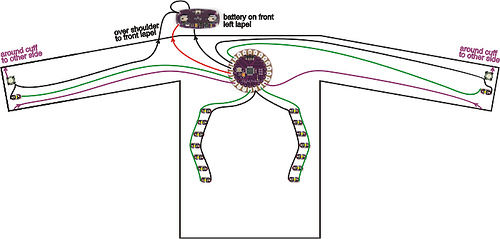
The plan
Day 1: e-textile basics (getting to know the basics)
Day 2: making the basic e-textile circuit
Day 3: reuse of an old garment into a smart and enhanced prototype (LEDs and sensors and more …)
Day 4: continue making the prototypes
Day 5: finishing the prototypes
Day 6: presentation of the prototypes and the Smart Jacket (or/and light)
Trivolan by Boštjan Čadež – Fšk
Joining us for the first time this year is a Slovenian artist, phenomenal VJ and the author of the classic internet game Line Rider, Boštjan Čadež-Fšk. He is going to develop a DIY haptic interface.
